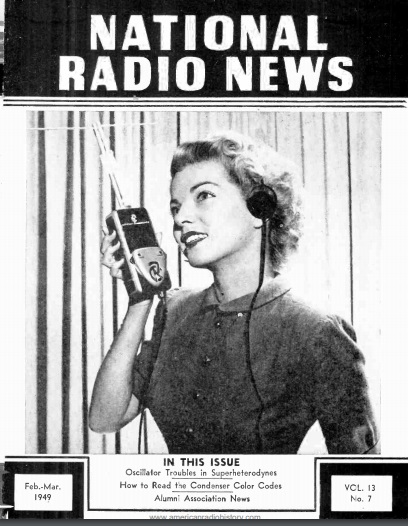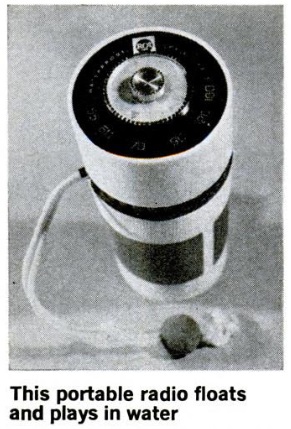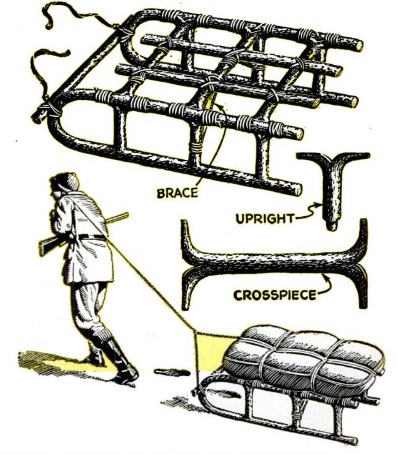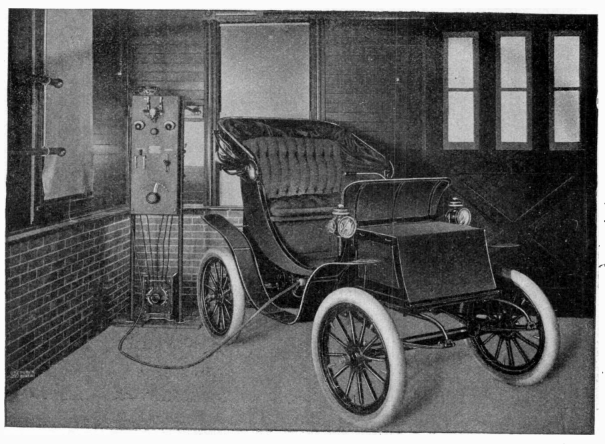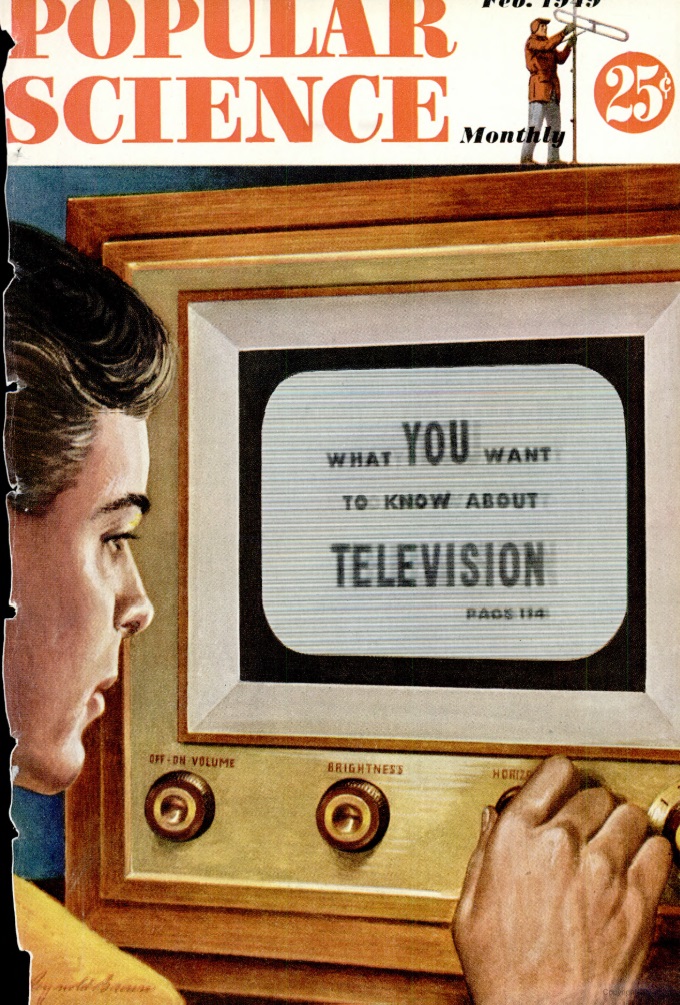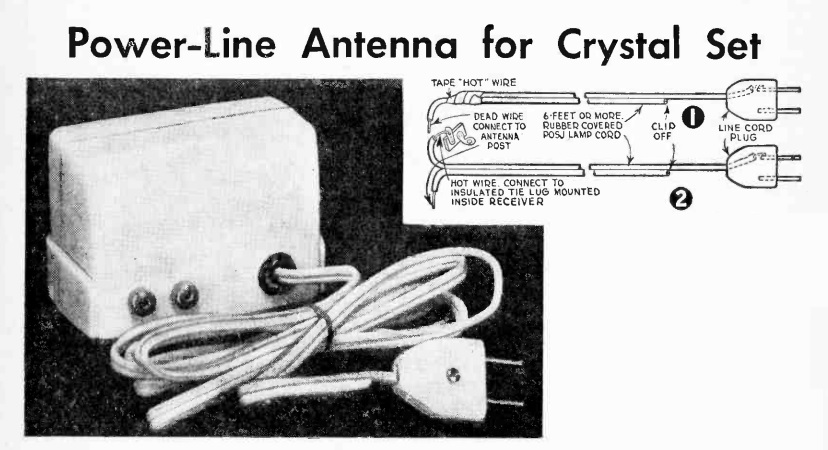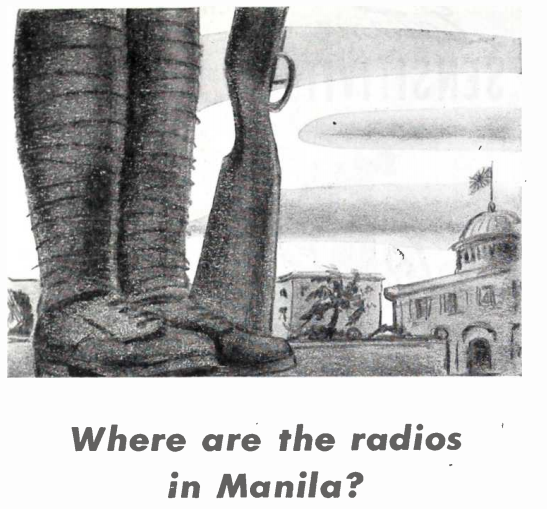 Seventy-five years ago this month, this ad in the February 1944 issue of Service magazine asked where all of the radios in Manila were. The Japanese flag and soldier gave the answer, namely, that the invaders took them.
Seventy-five years ago this month, this ad in the February 1944 issue of Service magazine asked where all of the radios in Manila were. The Japanese flag and soldier gave the answer, namely, that the invaders took them.
The ad noted that of all war weapons, radio was one of the most important. “it unites the free peoples in a common purpose and links them instantaneously with their Governments. It maintains the power to resist of the conquered. It unites and aims the hammer blows of armies.”
America had 59 million radios, and it was the patriotic duty of the radio serviceman to keep those receivers functioning. The reminder came from the Jackson Electrical Instrument Company of Dayton, Ohio, which provided the tools to do just that.


